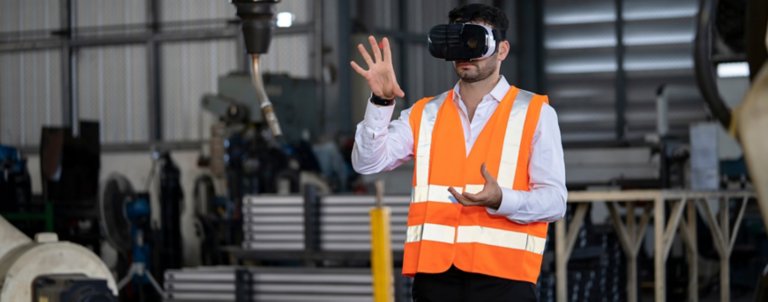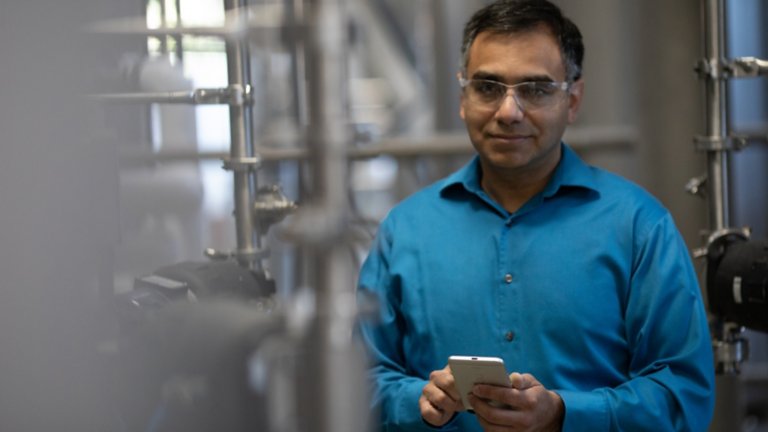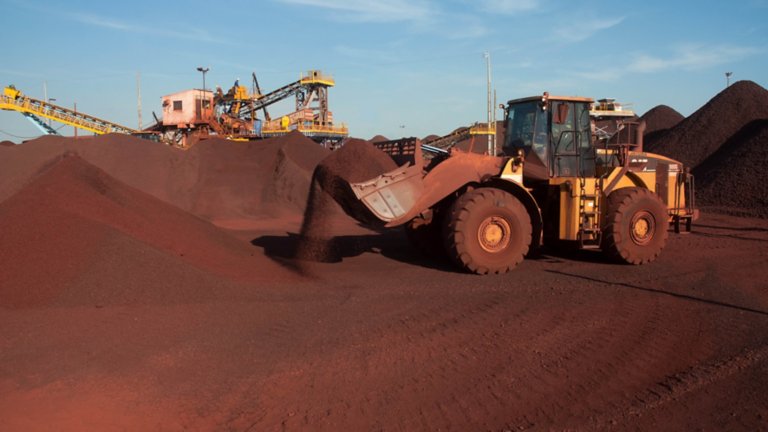Recommended For You
The roadways you drive on are the result of the hard work of not only construction crews but also manufacturers like Gencor Industries, a leading provider of hot-mix asphalt production plants and equipment.
For more than 100 years, Gencor has helped shape highway construction industry standards through technology innovation. And now, the company is creating new possibilities for the industry using IIoT technologies.
Gencor recently embarked on a years-long initiative to incorporate more connected and digitalized capabilities into its offerings. The driving force behind the initiative is the desire to put more information in the hands of customers, so they can make more informed decisions and ultimately improve the reliability and profitability of their operations.
Paving new roads
Gencor has spent more than a decade moving toward a more connected approach of using PLC data to help understand and remotely support customer operations. But the company decided to accelerate these efforts a couple of years ago with the introduction of IIoT platforms and solutions that can provide greater insights into customers’ equipment.
The company formed a team consisting of the CEO and other leaders to help drive its digital transformation.
“As an executive committee, we sat down and talked about what can we do to better reach our customers and better support them,” said Dennis Hunt, senior vice president, Gencor.
An information-gathering phase began in 2019. As part of this phase, Gencor benchmarked what digital transformation leaders in the construction industry and elsewhere were doing and attended industry events like Automation Fair®. Working with technology partner Rockwell Automation and its strategic alliance partner PTC, Gencor then defined a digital transformation strategy for its equipment.
Rolling out phase one
Currently, Gencor is in the first phase of its transformation. Activities being pursued as part of this phase include:
- Real-time monitoring of equipment health data such as temperature and vibration using connected sensors
- Monitoring performance metrics for systems like tank farms and thermal systems using cloud-based applications
- Delivering real-time information for operations management using scalable plant dashboards
The company has rolled out these capabilities to a handful of customer plants. So far, interest has been strong among those participating. What’s more, the remote connectivity that Gencor has put in place to-date proved to be especially useful during the COVID-19 pandemic.
Using tools like FactoryTalk® InnovationSuite Vuforia Chalk, Gencor has been able to help start-up and support plants without physically being inside them.
“Working with our customers over the internet, we see what they see,” Hunt said. “We’re able to troubleshoot with them, do updates and upgrades, but more importantly, walk them through what is happening. We’ve got four or five asphalt plants that we’ve been able to start-up with our people not on-site.”
At another plant, the temperature and vibration of connected bearings can be remotely monitored and can trigger an alarm if they measure outside a set parameter. Meanwhile, in northern Alberta, Canada, remote access allows Gencor technicians to support a plant so remote that it uses satellite communications to connect to the internet.
Looking ahead
Gencor is in the process of wrapping up the first phase of its digital transformation. Then, the company anticipates that the entire suite of product concepts developed as part of this phase will be available for deployment with customer equipment in just a matter of months.
So far, Gencor is measuring success by tracking the progress and completion of its internal development schedules and milestones. Eventually, the company will measure success based on qualitative factors, like customer satisfaction, and quantitative factors, like performance and reliability improvements for customer operations, and sales volume and margin changes within Gencor.
Looking ahead to phase two, Gencor may expand its use of augmented and virtual reality (AR/VR) technologies. So far, the company has used AR and VR for training purposes, which can help customers operate equipment more efficiently and service it. Other opportunities include exploring how artificial intelligence can help improve product performance.
“The things that we’ve done are clearly helping our customers right now and will continue to help them more with visibility of their equipment, what it is doing and how it is operating,” Hunt said.
Published November 17, 2020




